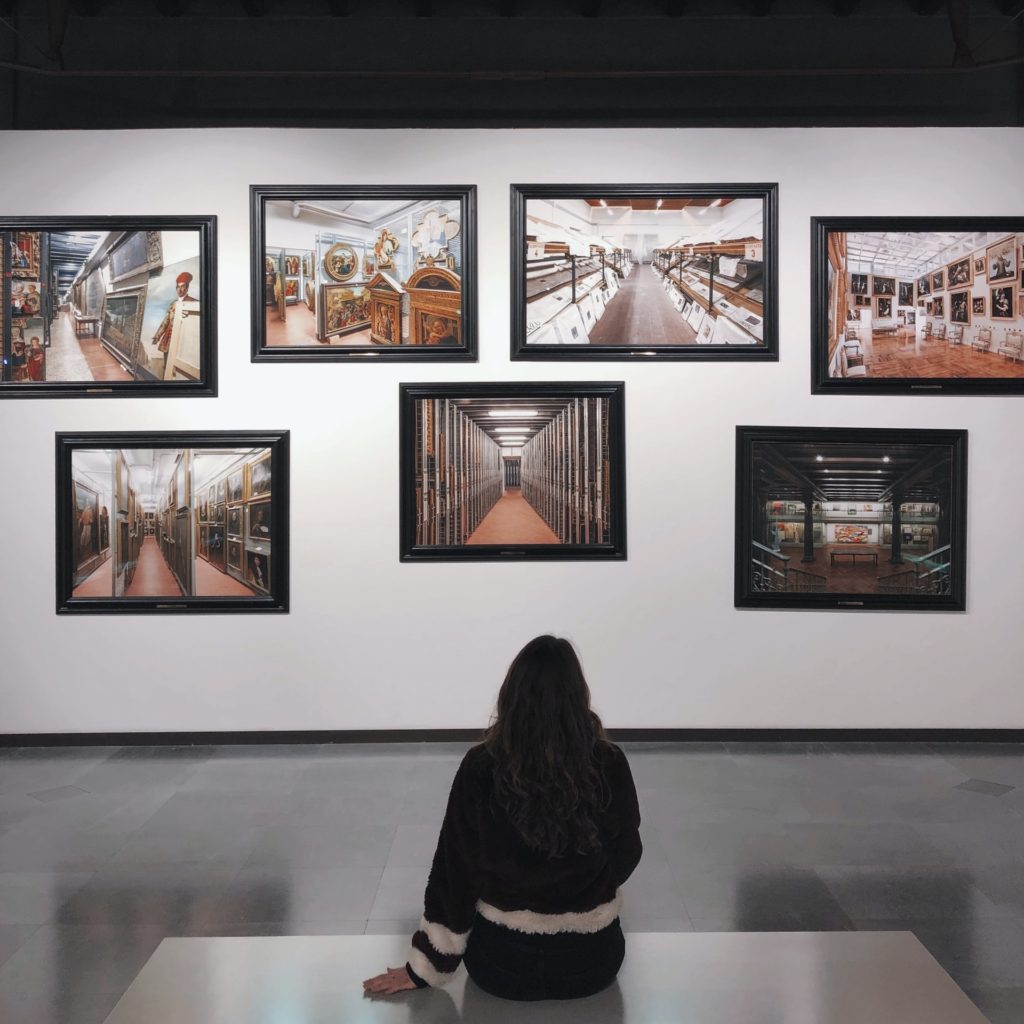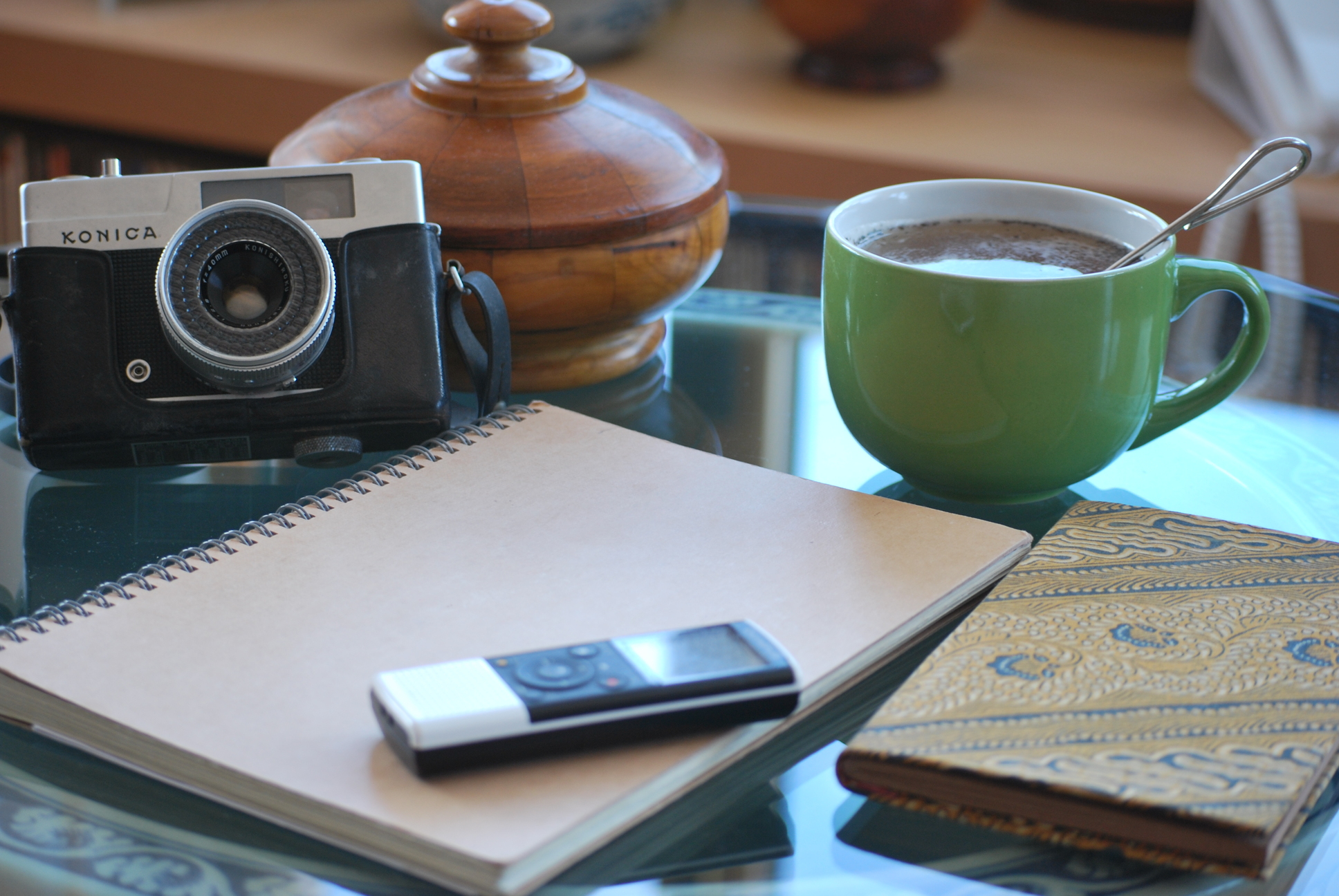In addition to that, individuals have responded to the emergency in a variety of ways. We all have friends who, for their safety, preferred to stay home despite regulations loosening – we might even be those people! Or we might be among those who, having deeply suffered heavy restrictions and lockdown, couldn’t wait to rekindle and participate in the cultural life of their city and dive right back in.
“We people in the arts can’t keep the same lifestyle we used to do before,” my former painting teacher at the art academy, an artist in her own right, told me the other day while driving to the third art show she has attended during the whole entire year.
“Our lifestyle consisted in going to vernissages every other night, travelling for art fairs several times a year, preparing a body of work towards exhibitions the rest of the time.”
She remained silent for a while, hands on the wheel, aware that that world doesn’t exist anymore. Or at least not for the time being.
“The problem with all these false starts is that they get you all excited. But then things start waning down with a new variant of the virus, new restrictions follow, so it’s impossible to plan ahead.”
But is it really? As some modern stoics say: the obstacle is the way. In other words, the discussion in the art world is centered around the pandemic calls for a restructuring of the entire art system. So far, the arts have been guided by an unsustainable, capitalist model, to go back to the roots of art-making and art appreciation. This is why our individual attitude and approach to the art system matter immensely.
The question each one of us who loves art, and perhaps works in the art field must ask oneself is: with much uncertainty still looming in the upcoming year, how do artists, curators, art writers, and art appreciators keep themselves in the loop, not only growing their artistic sensitivity, but also becoming a vehicle for change towards a better society?
Here are some strategies and a framework to re-articulate our approach to the art world in 2022 with renewed energy.
Reflection: this 2021 in art
Before moving on to our shiny goals and propositions for next year, we must look at what worked and what didn’t work in 2021, both in our personal approach to the arts and the general way the arts cope with yet another pandemic year. What was important and what was avoidable? We can start to ask ourselves a series of questions: Who is one artist you have discovered this year who made your heart sing? Have there been art events in your country in 2021 and, if so, what is one that really stayed with you?
Let’s consider the individual experience of the artist. We have experienced much more alone time, away from distractions. We have seen artists with kids who find their time reduced by having to tend to their kids when school was closed. And this year too we had the very social artists either finding themselves depressed in social isolation with the lack of stimuli or finding finally the time to devote themselves to their art. How was your particular situation, and how did you respond?
As an arts writer myself, I definitely slowed down, as there was fewer art events to write about and, as a curator, I couldn’t possibly curate shows, with many of the art spaces still closed. But I took the chance to have some undivided time to devote to my work as a comic book artist. I delved into the family archives of my Italian family during the 1900s and completed a comic book, called The Mighty Hour, based on the story of my grandmother, a physical education teacher during fascism in Italy.
Technology, a yes or a no?
We need to look at the biggest trends and how these impacted our perception. We have observed a closer intermingling of art and technology. NFTs – digital art that exists completely in the digital universe – but also a resurgence of painting, which is still what art collectors like the most.
We have tried to participate in virtual art fairs and shows, experienced in different formats, including this year’s Art Basel, but this didn’t work very well for many. How did you situate yourself in the tech art scenario? Did you dive deep into it, or did it make you go back to the roots?
For myself, I can safely say that the virtual appreciation of art hasn’t proven itself to be a very rewarding experience. As an art lover, next year I’m planning to read more art books and really study the works in catalogs. The idea is to go back into the art scene with renewed knowledge and authority.

Grounding in your local environment
When things can change at a moment’s notice, and plans can be canceled in a split second, the most important thing to work on is an attitude of flexibility. Having a general structure in place but being open to changing it according to the circumstances is extremely important.
So for the artists, curators, or visitors who know that things are still very uncertain, the most reasonable plan to put in place is to go minimalistic in terms of international art events, while getting to know our home turf.
The good part is that everyone in the arts is doing the same, so the possibility to connect locally is increased. I can’t begin to mention how many new connections have formed just by hanging out at the same local café I go to every morning to work on my writing.
New people have started to show up – or perhaps they were always there but, in the absence of the usual hectic energy, everyone is much more open to connecting. Having a solid local base is definitely helpful. So what are some upcoming local shows, cultural events, or even interesting places to hang around that you wish to become part of?
Expanding with flexibility
At the same time, we are human, and we still need a little burst of inspiration! So planning to expand to new destinations is still something we might start doing – always keeping flexible and knowing no plan is on solid ground these days. Some questions you might ask yourself are: what one single international art event do you wish to participate in? Keeping in mind that this can be canceled last minute, you probably should have a backup plan.
In my case, as an art reporter I was hoping to attend the much-awaited art fair ART SG in January 2022 in Singapore, but this was postponed until 2023. This leaves room for another big event later on during the year when hopefully the situation will have improved. Living in Italy, I’m looking forward to the Venice Biennale in 2022, which is opening up in May.
Get your non-art friends into the art
In a time when everything is slower and more contained, it’s the right time to have your friends who don’t usually hang around art join you in your gallery visits.
I have a friend who works in engineering who never was that much into cultural events. She is, however, a very curious person, eager to get out of the house and get back into life. I started inviting her to special press openings or getting her art hopping on the weekends to the private galleries, which generally have free entry.
While still perplexed at conceptual art, much of the art was thought-provoking for her and we kept referring to it on many occasions afterwards. Of course, not all friends would be interested, but this is definitely an experiment I want to keep trying for next year.
After all, art is made not only for people in the art business but for everyone to appreciate. Given the diminished affluence of art folks and the calendar of art events being much more manageable, this is the right time to provide a friendly introduction to your non-art buddy to a world that calls for a resurgence. And this seems the right time to do it.
Image credits: Naima Morelli and Klaudia Piaskowska

